HSI August 2025 Content Update
- Transformational Leadership
- Bloodborne Pathogens
- Heat Stress and Working Safely in Hot Conditions
- Cold Stress and Working Safely in Frigid Conditions
- Toolbox Talks: Leading Effective Safety Meetings
- Building a Strong Safety Culture
- Successful Delegation
- Title IX
- Hearing Conservation
- Collaboration: What It Is and How To Do It Right
- Hand and Power Tool Safety: Setup and Safe Use
- Rethinking Brainstorming
- August Focus: Propelling Growth Through Feedback
- Injury and Illness Prevention + Overview
- Human Trafficking Awareness and Prevention for Professional Drivers + Overview
- Securing Loads and Cargo + Overview
- Heat Stress + Overview
- Intro to Safe Material Storage
- Used Oil Management + Overview
- 117-20 - Gas Monitoring Basics
- 117-08 - Hazardous Gases - Methane, Carbon Monoxide, and Carbon Dioxide
- 101-03 - Respiratory Protection Program
See course details below.
-1.png?width=299&height=299&name=course_content_mockup%20(12)-1.png)
Professional Skills Development
Transformational Leadership
Transformational leadership is about more than managing change – it’s about inspiring it. This series explores how leaders can guide their organizations through meaningful transformation by creating a shared vision, addressing resistance with empathy, and helping teams stay focused through uncertainty.
COURSES:
Transformational Leadership: Transforming the Organization
Transformational Leadership: Dealing with Resistance
Transformational Leadership: Creating Focus During Change
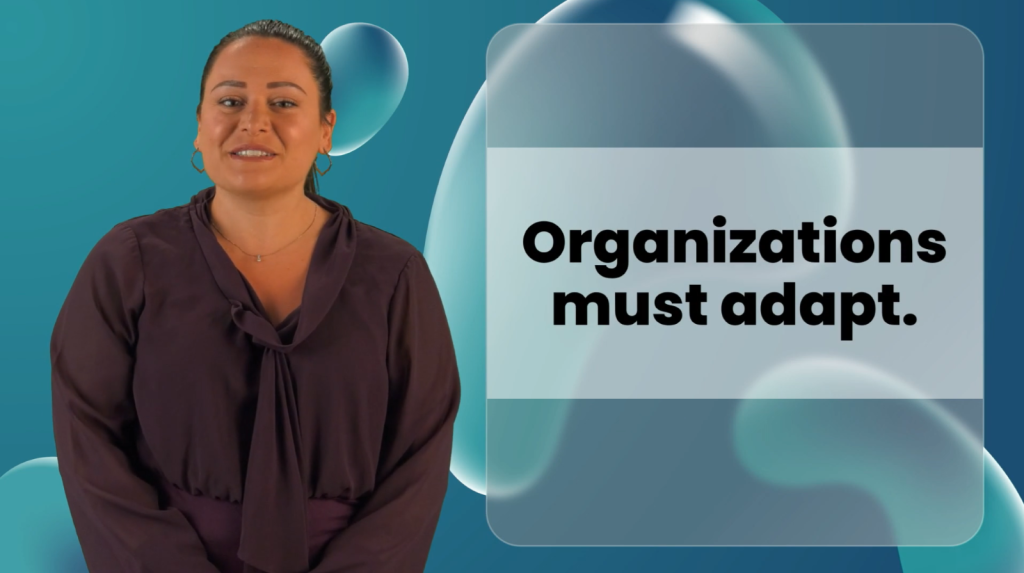
Bloodborne Pathogens
Whether you're responding to an emergency or managing workplace safety protocols, bloodborne pathogen exposure is a serious risk that requires clear procedures and consistent action. This series equips both employees and employers with the knowledge and tools to prevent exposure, respond effectively, and meet OSHA’s Bloodborne Pathogens Standard. From universal precautions to post-exposure follow-up, these courses help create a safer, more compliant workplace for everyone.
COURSES:
Bloodborne Pathogens: Bloodborne Pathogens for Employees
Bloodborne Pathogens: Bloodborne Pathogens for Employers

Heat Stress and Working Safely in Hot Conditions
Working in hot environments – indoors or out – can lead to serious health risks if not managed properly. This course explores how heat affects the body, how to recognize signs of heat-related illness, and what steps both workers and employers can take to stay safe.

Cold Stress and Working Safely in Frigid Conditions
Working in cold environments can lead to serious health risks, especially when temperatures drop below freezing or wind chill accelerates heat loss. This course explores how cold affects the body, how to recognize early signs of cold stress, and how to respond quickly and effectively to protect yourself and your team.
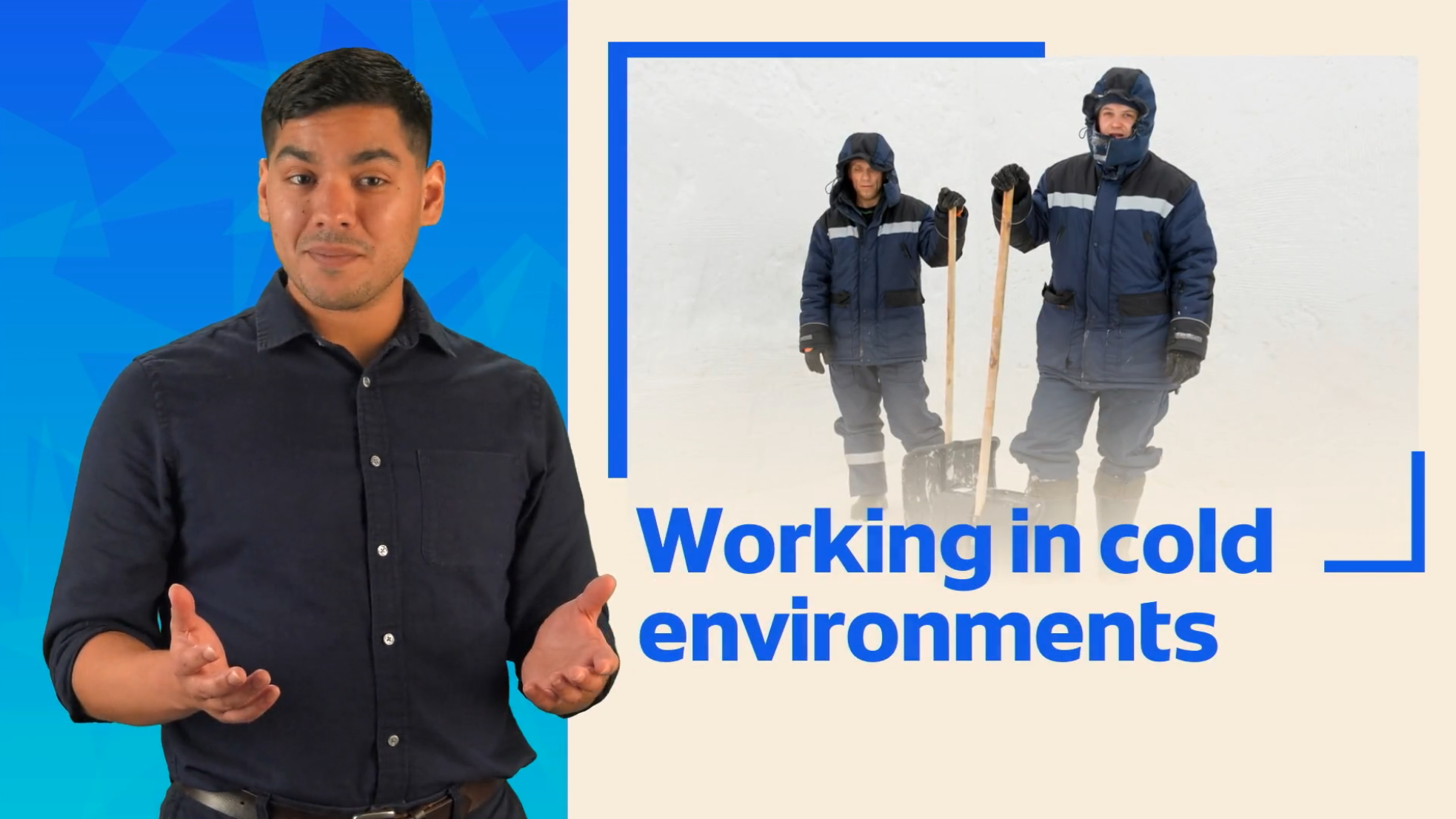
Toolbox Talks: Leading Effective Safety Meetings
Toolbox talks are short, focused safety meetings that help teams align on hazards, regulations, and safe practices before work begins. This course explores how to prepare, lead, and document effective toolbox talks that engage your team, encourage participation, and build a strong safety culture.

Building a Strong Safety Culture
Every workplace has a safety culture, whether it is intentional or not. This course explores how shared values, leadership, communication, and accountability shape a culture where safety is prioritized at every level. A strong safety culture does more than prevent injuries. It builds trust, boosts morale, and improves performance across the board.

Successful Delegation
Delegation isn’t just about lightening your workload – it’s a leadership skill that builds team capacity and supports professional growth. This lesson explores how to delegate with purpose, match tasks to team members, and maintain oversight while empowering others.

Title IX
Title IX is a federal law that prohibits sex-based discrimination in educational institutions receiving federal funding. It provides protections against sexual harassment, sexual violence, and discrimination against gender identity, sexual orientation, pregnancy, and more. The law’s application has been expanded beyond athletics to encompass all educational programs and activities.
COURSES:
Title IX: 01. Foundations of Title IX
Title IX: 02. Your Campus and Title IX Reporting

Hearing Conservation
Noise-induced hearing loss is one of the most overlooked workplace hazards—yet it’s permanent and preventable. This course explores how hearing works, what causes damage, and how OSHA’s hearing conservation standards help protect workers across industries.
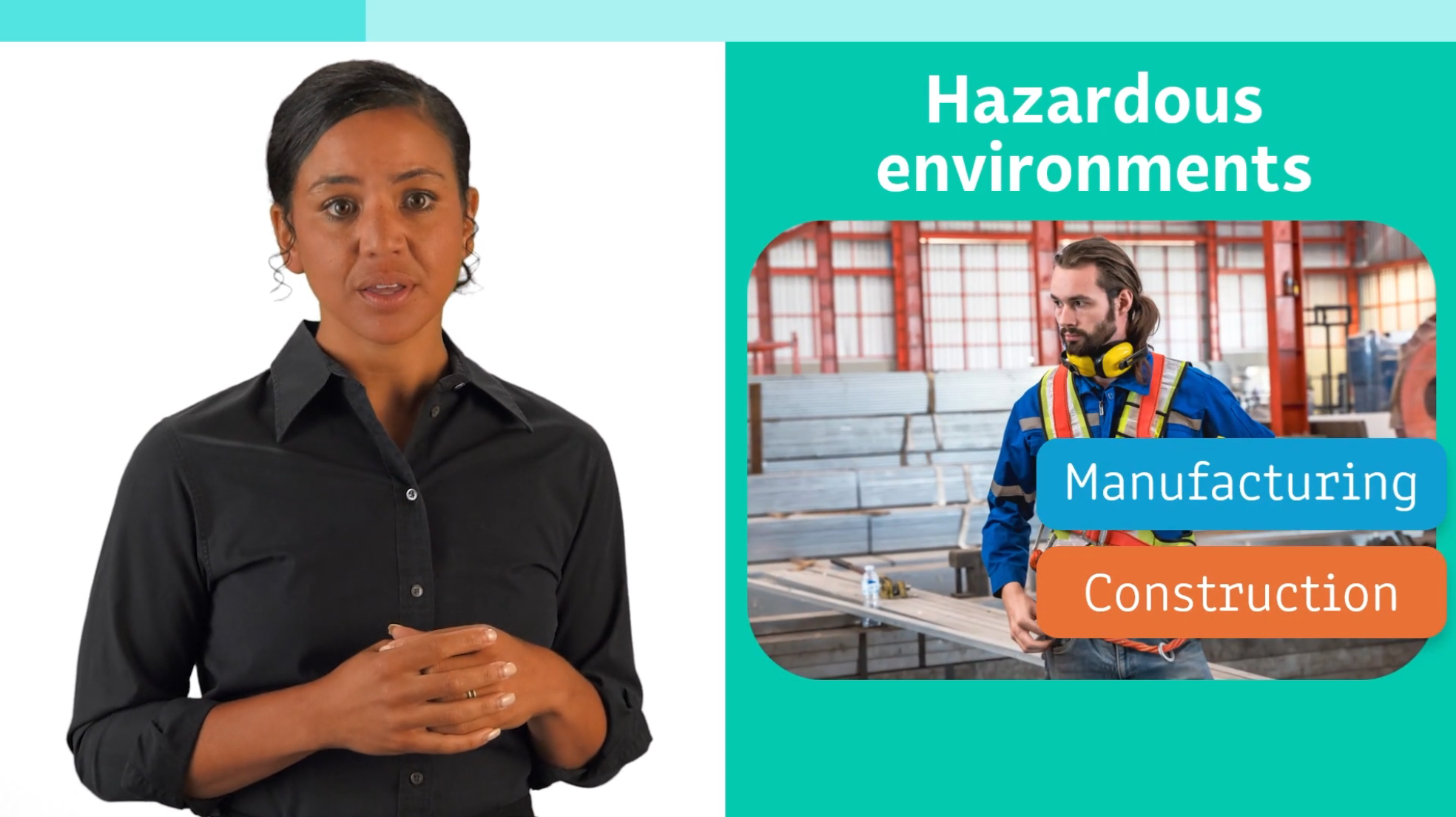
Collaboration: What It Is and How To Do It Right
Collaboration is more than just working together – it’s about combining strengths, building trust, and achieving shared goals. This course explores the foundations of effective collaboration, from communication and collaboration emotional intelligence to psychological safety and team dynamics.

Hand and Power Tool Safety: Setup and Safe Use
Hand and power tools are essential to many jobs, but they also present serious safety risks when used improperly. This course covers how to prepare your tools and workstation, select and use personal protective equipment, and operate tools safely. Learners will also explore best practices for electrical and pneumatic safety, as well as proper tool storage and maintenance.

Rethinking Brainstorming
Brainstorming is more than just tossing out ideas. It’s a structured method for generating creative solutions and making plans through open, dynamic discussion. This course explores how to lead effective brainstorming sessions, from setting the stage and encouraging participation to organizing ideas and assigning next steps. Learners will walk away with practical strategies to unlock creativity and drive innovation in any team setting.

Workforce Compliance and Safety
Injury and Illness Prevention Program + Overview
This lesson will teach employees in states that require injury and illness prevention programs about the program components and the responsibilities of employers and employees for ensuring workplace safety.
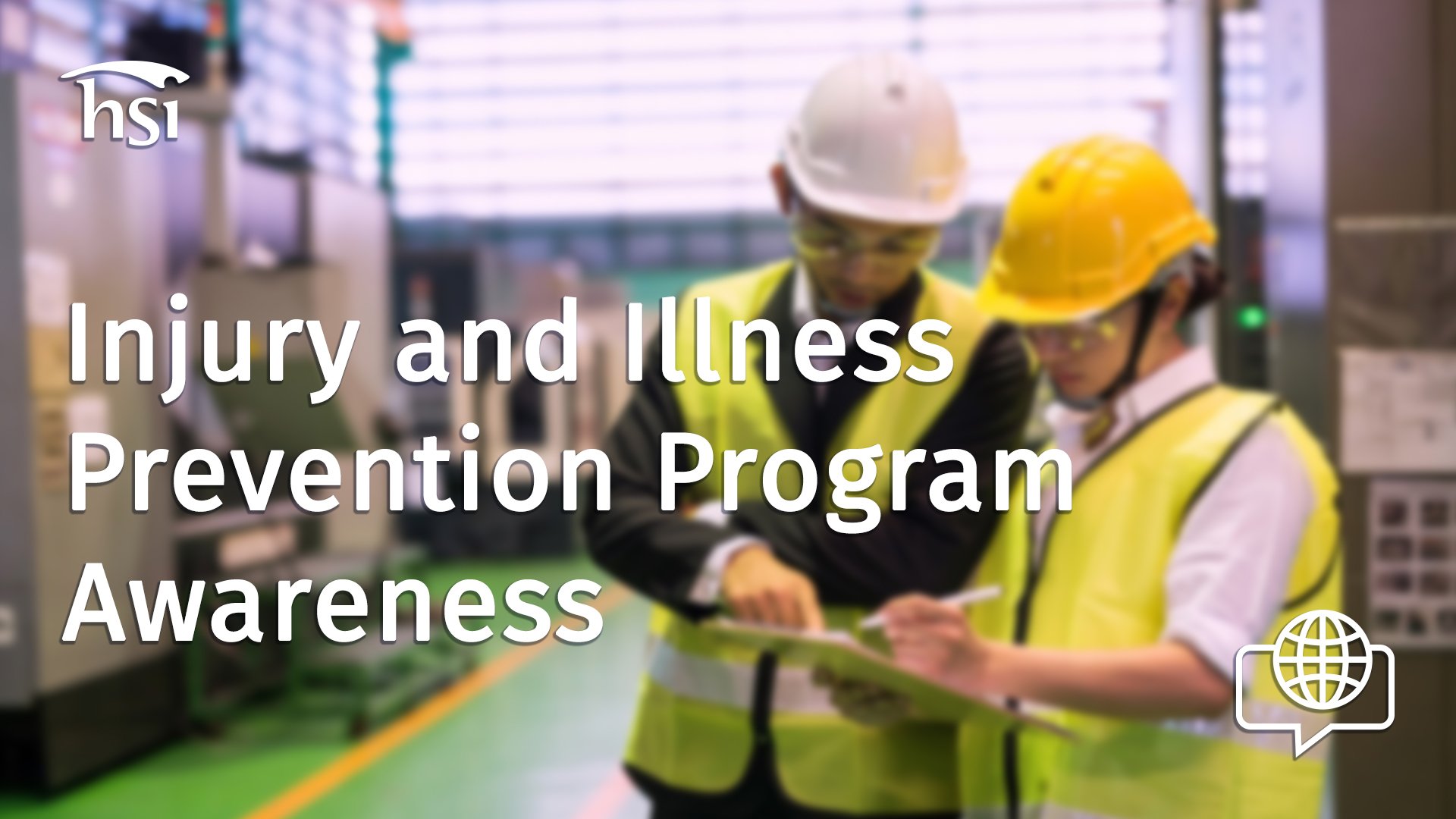
Human Trafficking Awareness and Prevention for Professional Drivers + Overview
This lesson will teach you about human trafficking—what it is, where it can happen, and how to recognize the signs. You’ll learn where trafficking might occur in the commercial driving industry, what to look for at transport hubs, and steps to take if you think someone is being trafficked.
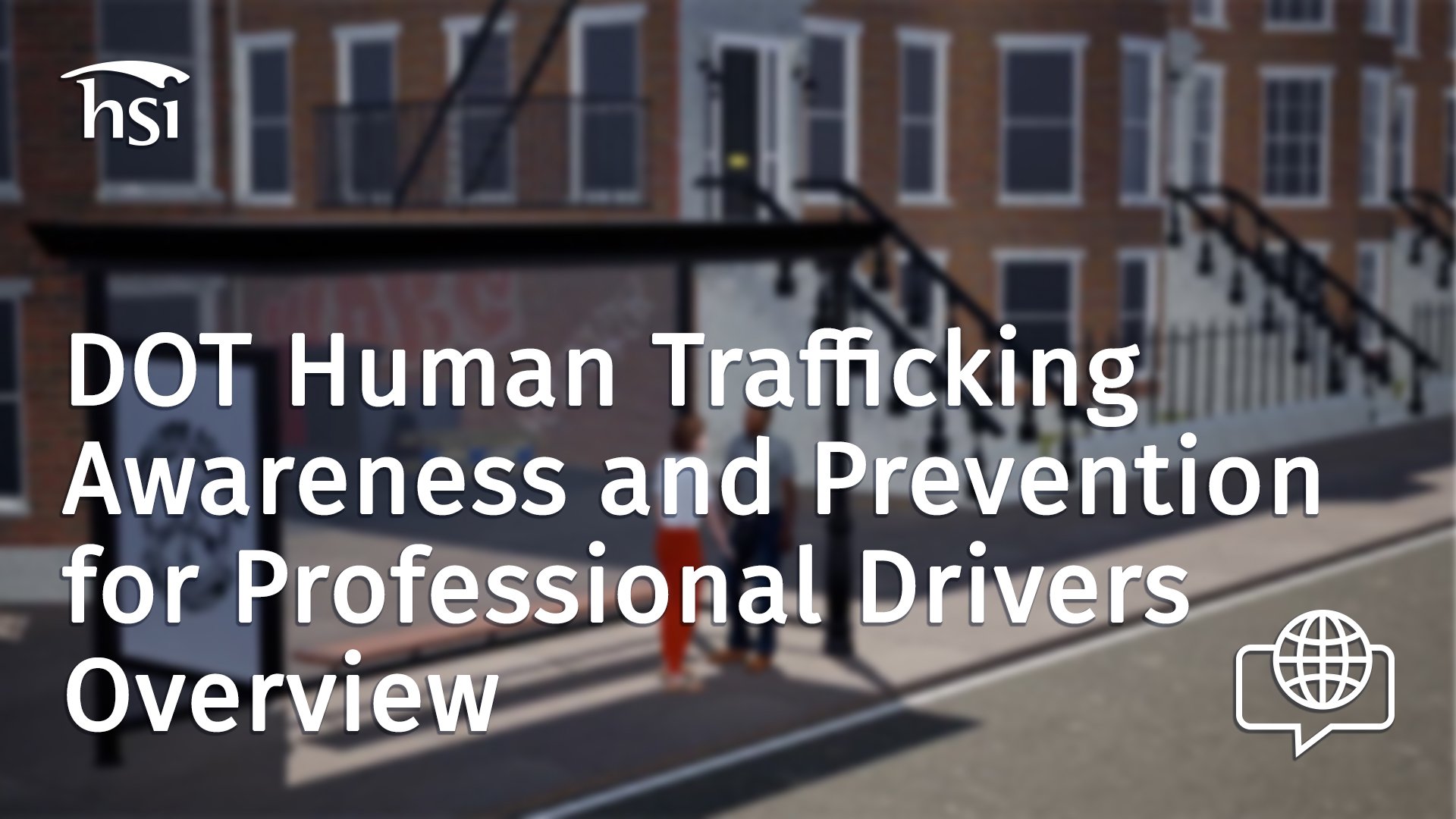
Securing Loads and Cargo + Overview
This lesson will teach you about the North American Cargo Securement Standard and other cargo regulations and approved securement systems and their characteristics. You will also learn to identify the best practices for loading, inspecting, and transporting cargo.

Heat Stress + Overview
This lesson is for all workers who work in general industry (indoors and outdoors) and will help you recognize the hazards of working in hot environments. Also, you will learn how to protect yourself against heat stress. The lesson will cover some general first aid guidelines; however, any treatment-related information provided does not constitute medical advice and is not a substitute for evaluation by a qualified healthcare professional.

Intro to Safe Material Storage
This lesson provides general guidance for safe material storage practices to include racking and stacking to ensure stability and reduce the risk of injury, housekeeping, and lifting and handling best practices.

Used Oil Management
+ Overview
This lesson will teach you the characteristics and differences between used oil and waste oil, the hazards of used oil, and basic requirements for handling and storage. It also covers spill response steps and the basics of recycling and disposal. You will need additional training if you manage or respond to spills of large volumes of oil.
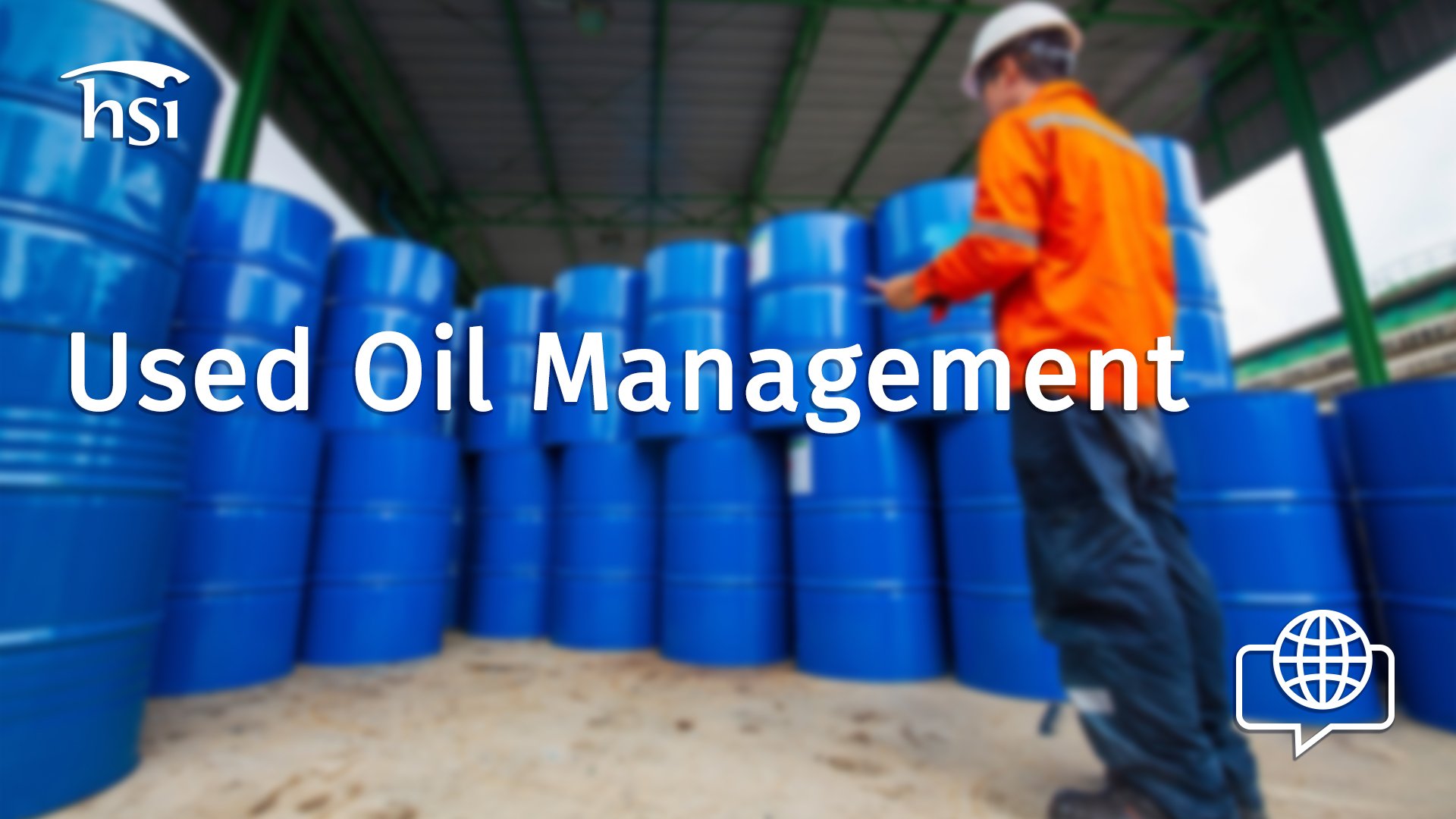
Industrial Skills
117-20 - Gas Monitoring Basics
Gas monitoring instruments are designed to protect personnel from unseen hazards that may exist in workplace environments, including confined spaces and underground mines. These instruments must be maintained and properly calibrated to ensure worker health and safety. The Gas Monitoring Basics training series describes the basic design and operation of a gas monitor. It also discusses sampling techniques. Gas Monitoring Basics is part of the Hazardous Materials Safety training series.
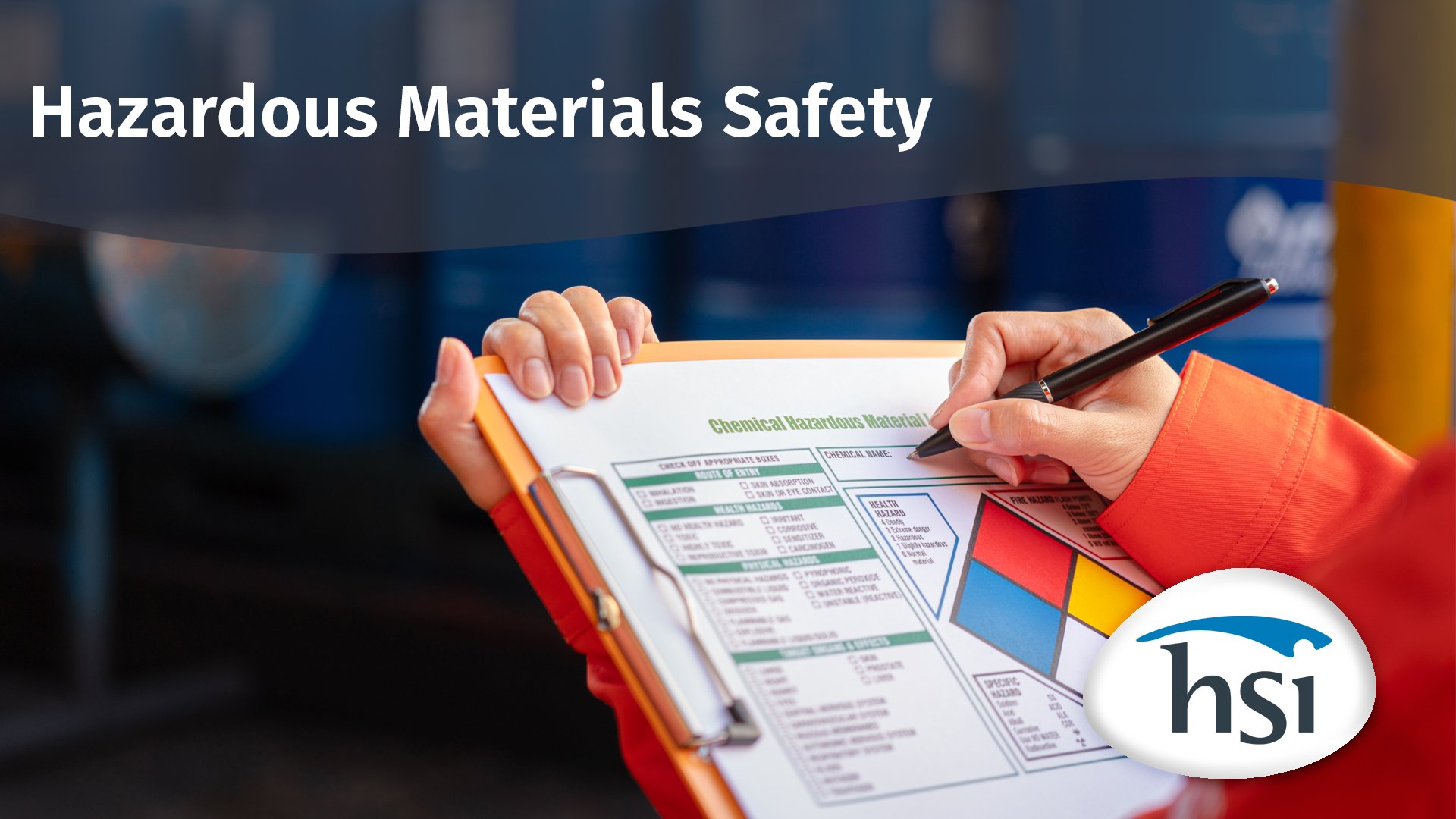
117-08 - Hazardous Gases - Methane, Carbon Monoxide, and Carbon Dioxide
Methane, carbon monoxide, and carbon dioxide are all found around and within coal mines and coal handling facilities. Understanding where these hazardous gases occur in the workplace is important to worker health and safety. The Hazardous Gases - Methane, Carbon Monoxide, and Carbon Dioxide explains the common health and safety hazards associated with these gases. It discusses where they can be found in the workplace and describes procedures and devices to protect employees from exposure. The Hazardous Gases - Methane, Carbon Monoxide and Carbon Dioxide is part of the Hazardous Materials Safety training series.
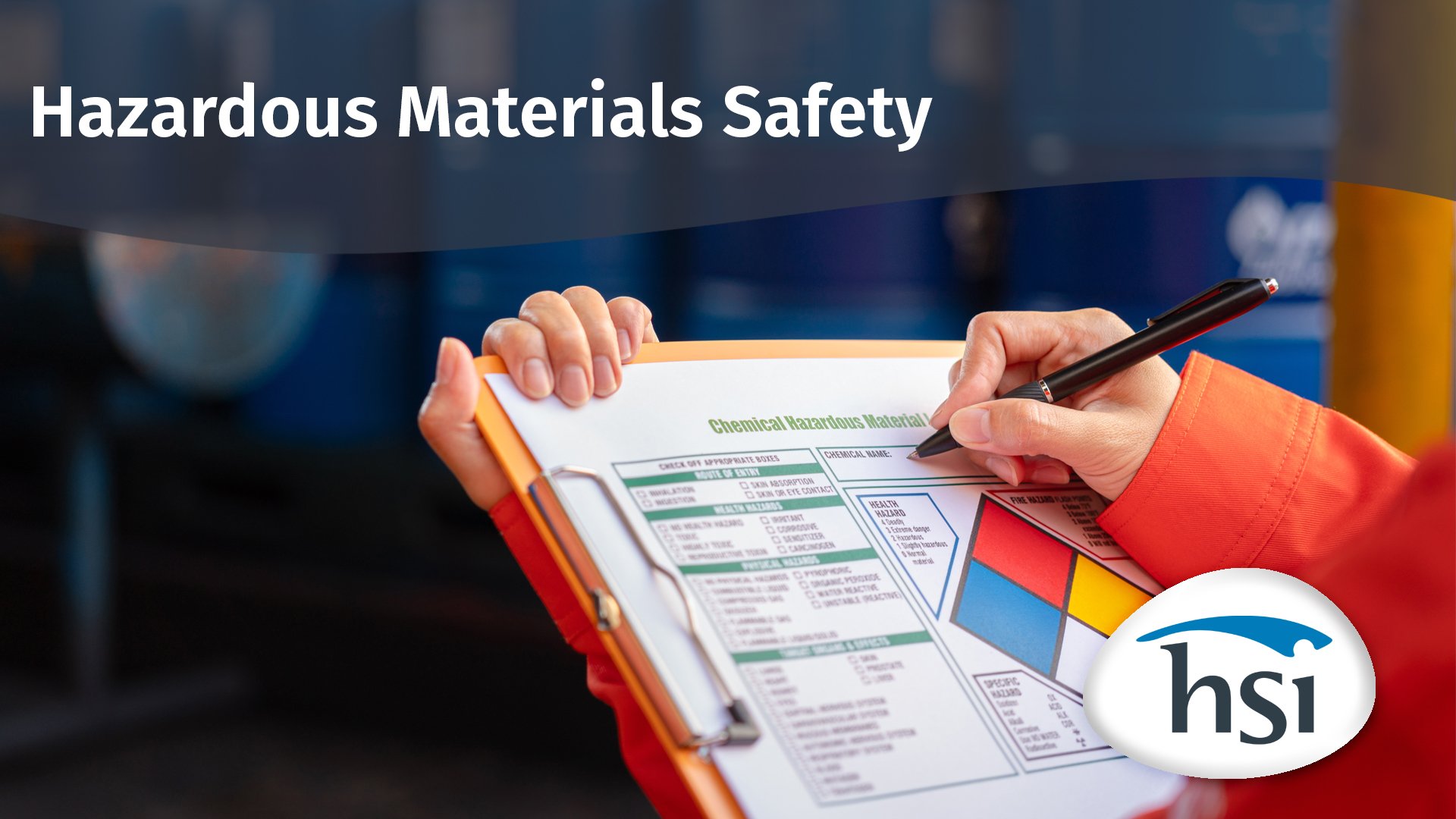
101-03 - Respiratory Protection Program
Policies, programs, and procedures exist in the workplace to provide employees with a safe and healthful working environment. Companies ensure worker safety by using facilities and equipment with feasible safeguards built into their designs to protect workers' respiratory health. When effective engineering controls are not available or being initiated, personal respiratory protection must be used to protect personnel. The Respiratory Protective Program training course identifies respiratory hazards. It explains how to use personal respiratory equipment to prevent injury or illness from poor breathing conditions. Respiratory Protection Program is part of the Personal Protective Equipment training series.
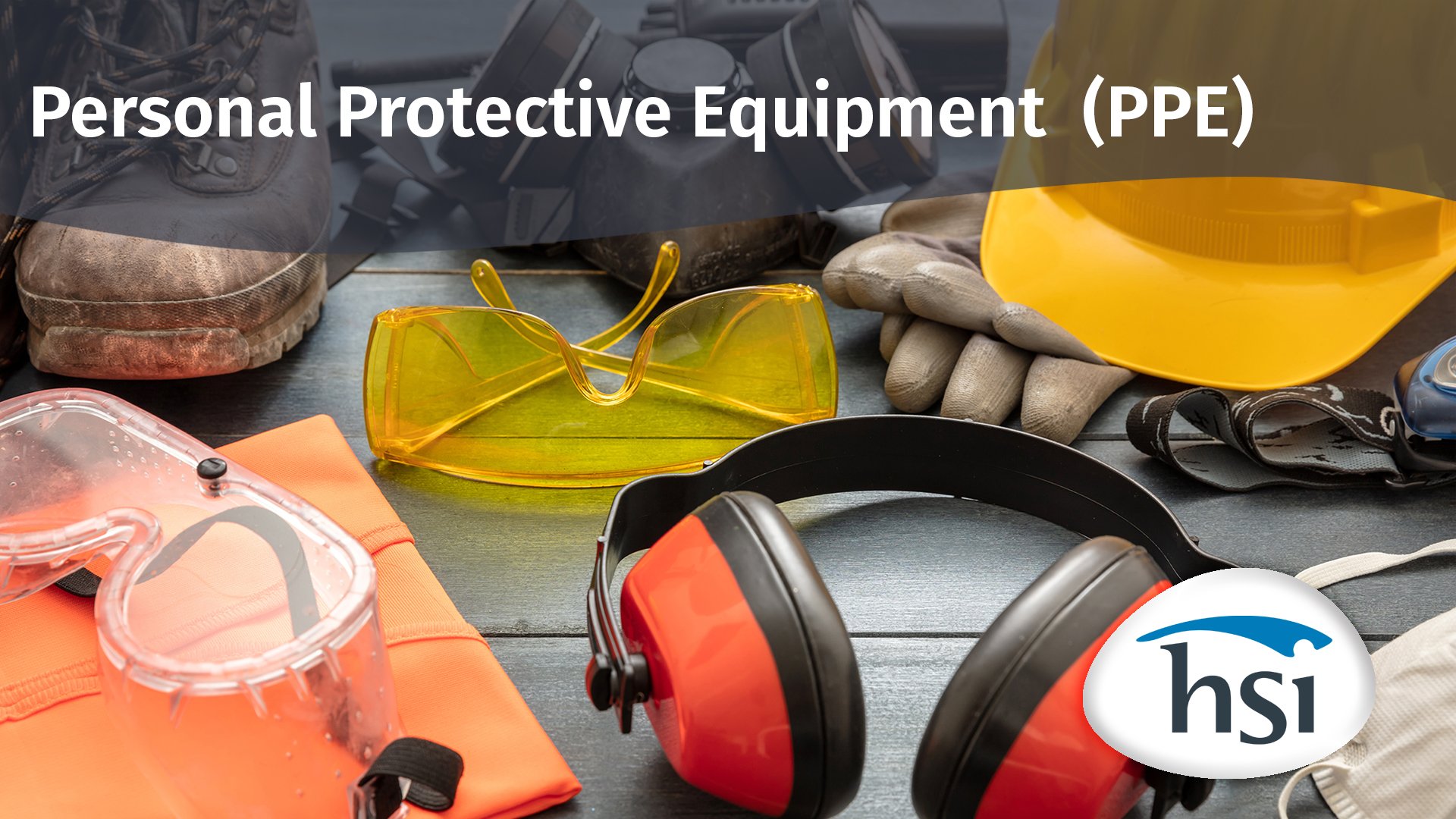
Upcoming Course Retirements
HSI regularly evaluates courses in our library to ensure your learners are receiving the most current, accurate, and engaging training experience.
We create new, or update courses on a regular basis. As part of our process, we retire courses and typically replace them with a corresponding new, updated or alternative course.
These courses listed in the document linked below are being retired on the dates listed in the document.
For additional questions, contact HSI support or your Customer Success Manager.
